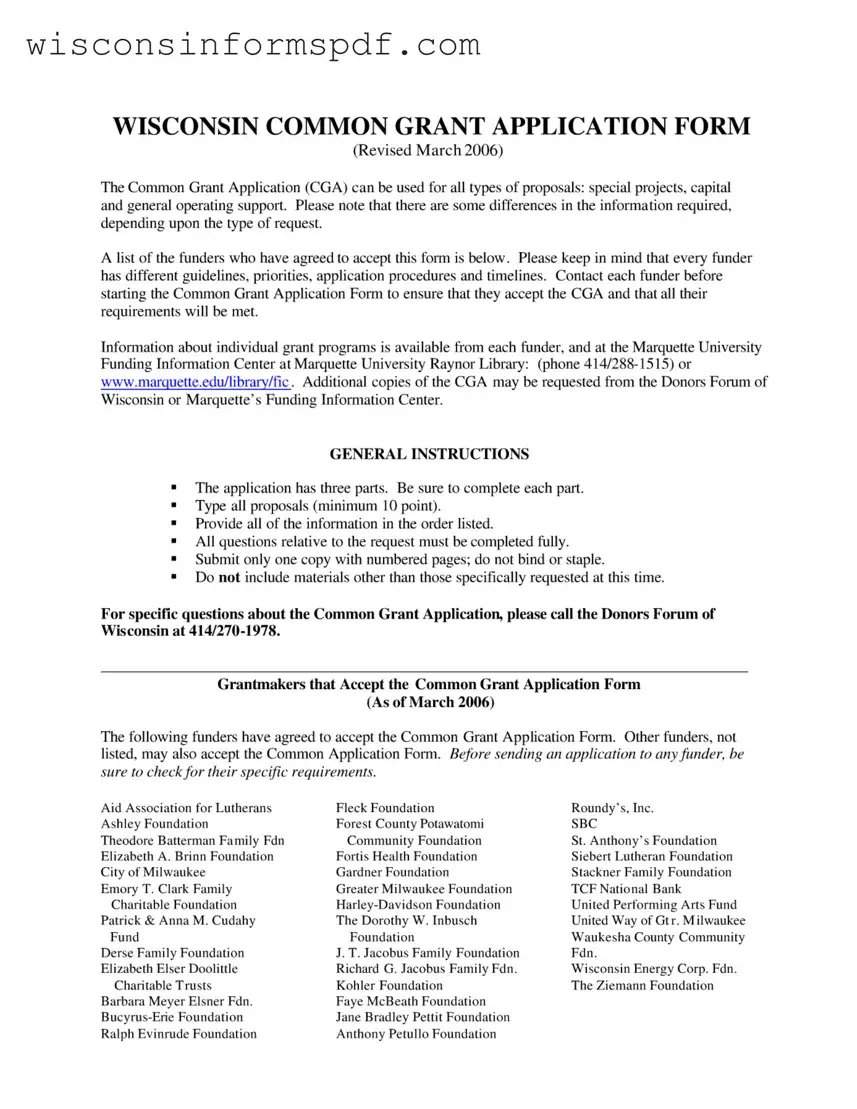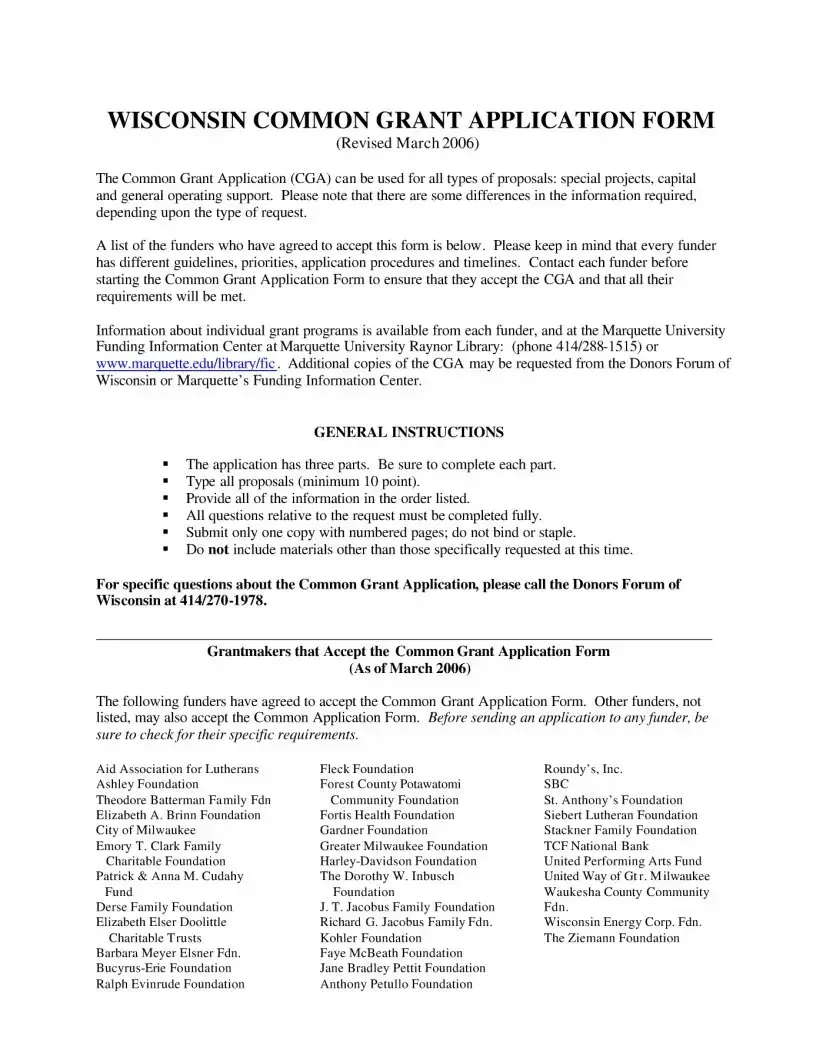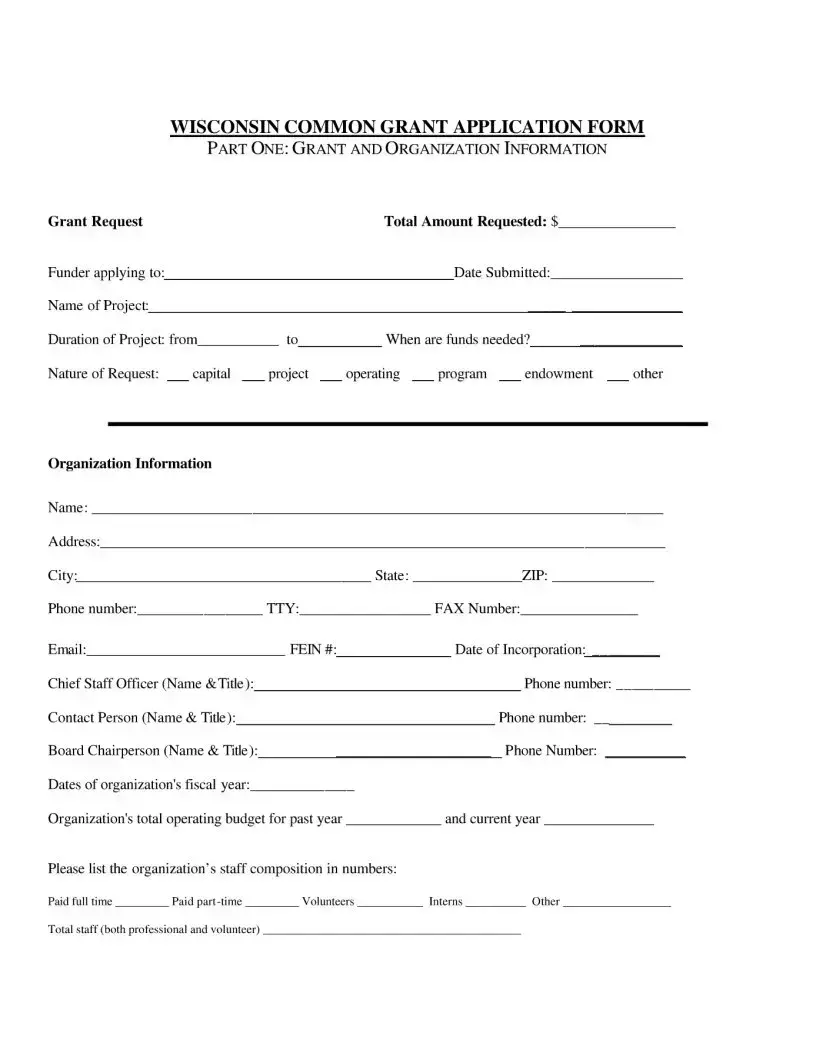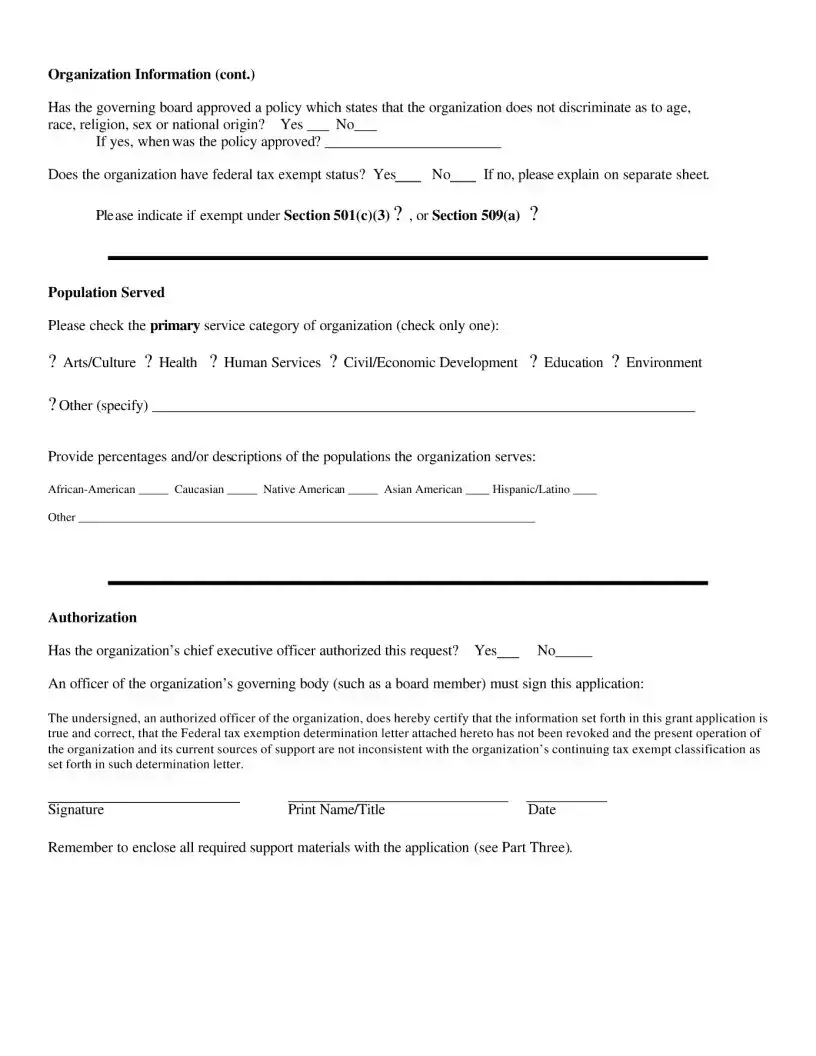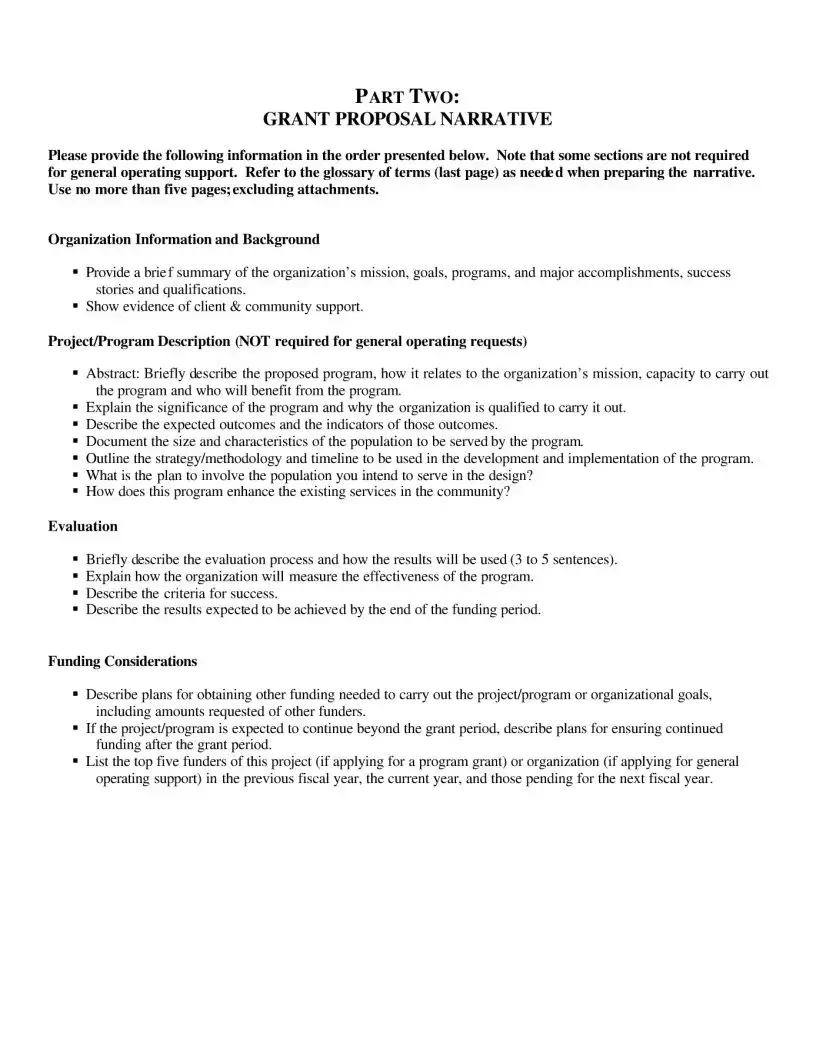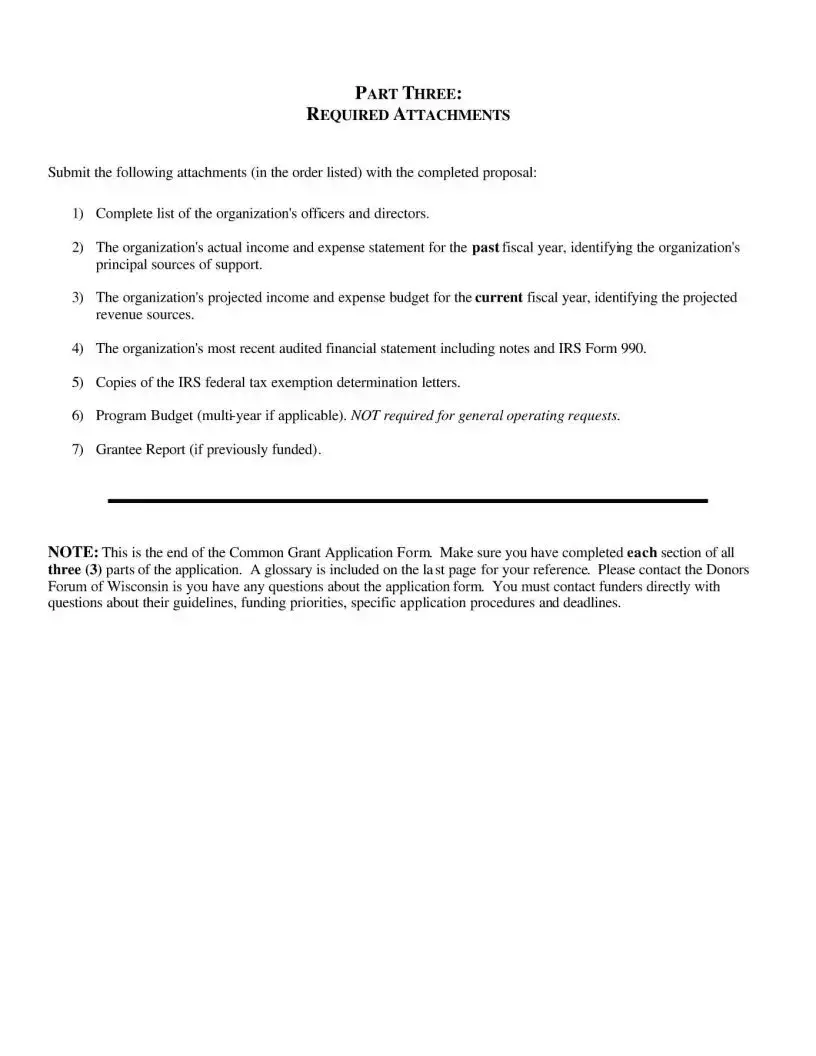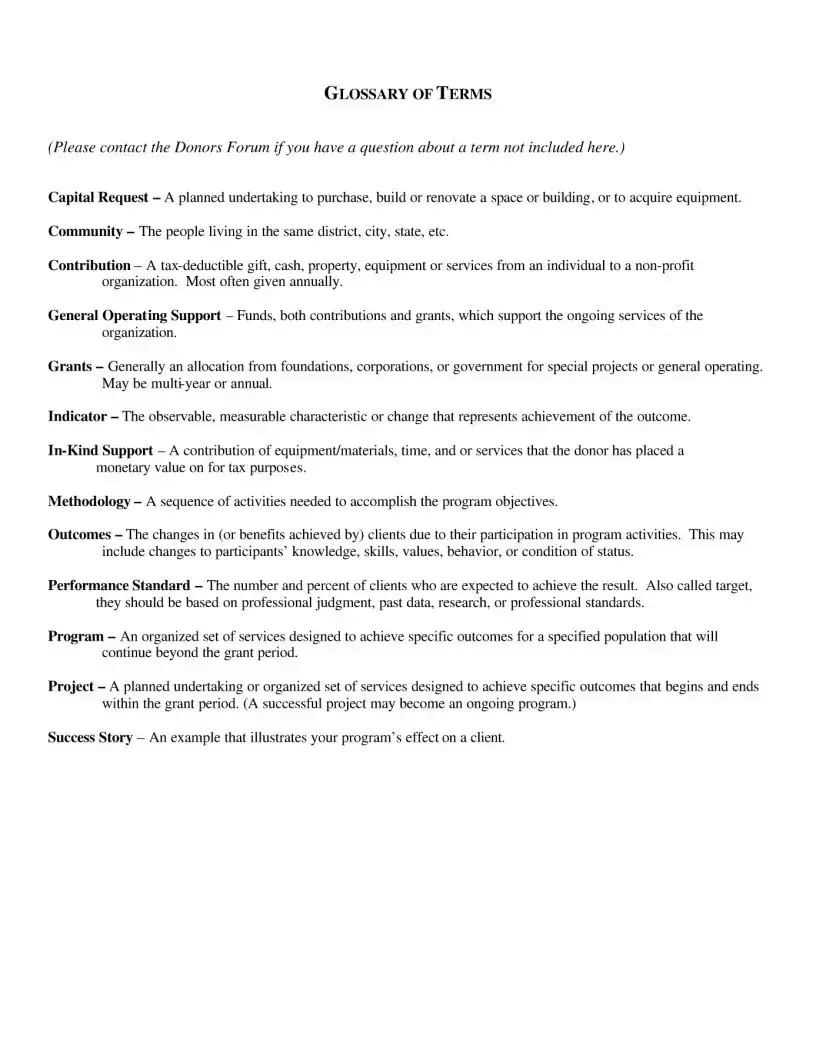What is the Wisconsin Common Grant Application form?
The Wisconsin Common Grant Application form is a standardized document designed for organizations seeking funding in Wisconsin. It simplifies the process for both grant seekers and grantmakers by providing a uniform application format.
Who can use the Wisconsin Common Grant Application form?
This form is intended for use by nonprofit organizations, educational institutions, and other groups looking for grant funding in Wisconsin. It is tailored to meet the needs of a wide range of grant seekers aiming to support their programs or projects.
Where can I find the Wisconsin Common Grant Application form?
The form is available online. It can be downloaded from the official website of the organization that administers it or from various grant-making foundations and entities in Wisconsin that accept it.
Is there a fee to use the Wisconsin Common Grant Application form?
No, there is no fee to use the form. It has been created as a free resource to streamline the grant application process for nonprofits and other organizations seeking funding.
Can the Wisconsin Common Grant Application form be submitted electronically?
Yes, many grantmakers allow or prefer that applications be submitted electronically. However, it is important to check the specific submission guidelines of each grantmaker, as requirements can vary.
What types of information need to be included in the Wisconsin Common Grant Application form?
The form typically requires information about the organization applying for the grant, the project or program for which funding is sought, the budget, and how success will be measured. Specific sections focus on the organization's mission, goals, and the community it serves.
How long does it take to fill out the Wisconsin Common Grant Application form?
The time it takes can vary based on the complexity of the project and the amount of information already available. Generally, it's a good idea to allow several weeks to gather all the necessary information and complete the form thoroughly.
Can I customize the Wisconsin Common Grant Application form to better fit my project?
While the form is designed to be comprehensive and standardized, some grantmakers may allow for slight modifications or additional materials to be included with your submission. Always check with the grantmaker for specific instructions.
What happens after I submit the Wisconsin Common Grant Application form?
After submission, the grantmaker will review your application. This process can take several weeks to several months, depending on the organization. You may be contacted for additional information or to schedule a site visit. Ultimately, you will be notified whether your application was successful or not.
Where can I get help with completing the Wisconsin Common Grant Application form?
Many organizations offer workshops and resources for grant seekers. Local nonprofit support centers, the Wisconsin Nonprofits Association, and even some grantmakers provide guidance and tips on how to effectively complete the application. Additionally, consulting with a professional experienced in grant writing can also be beneficial.
